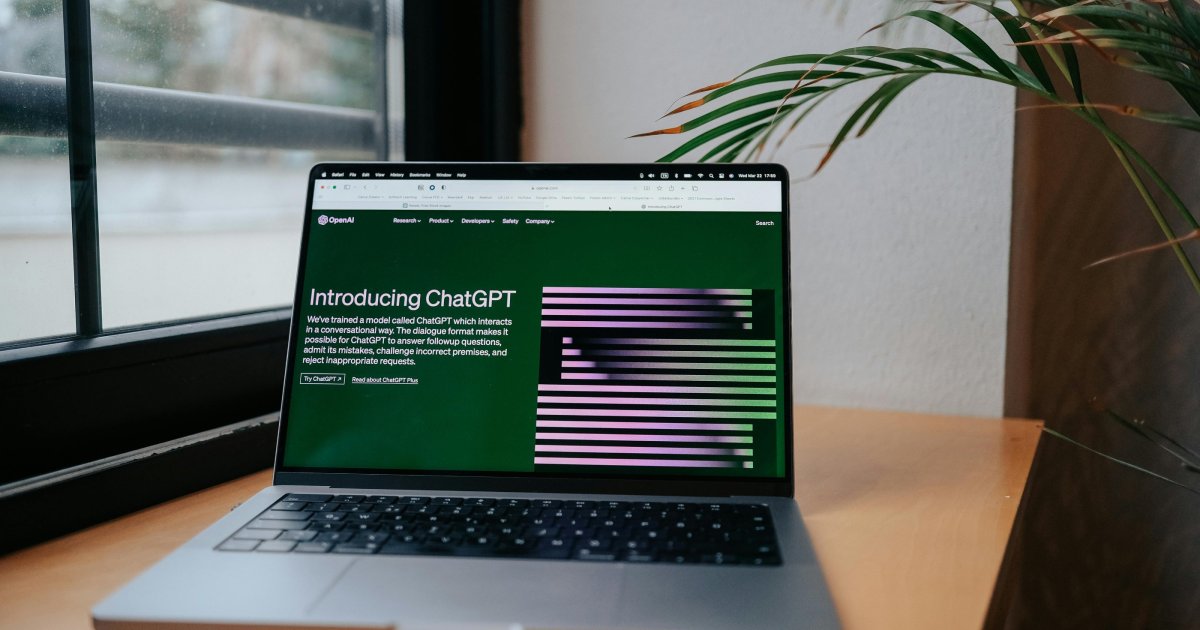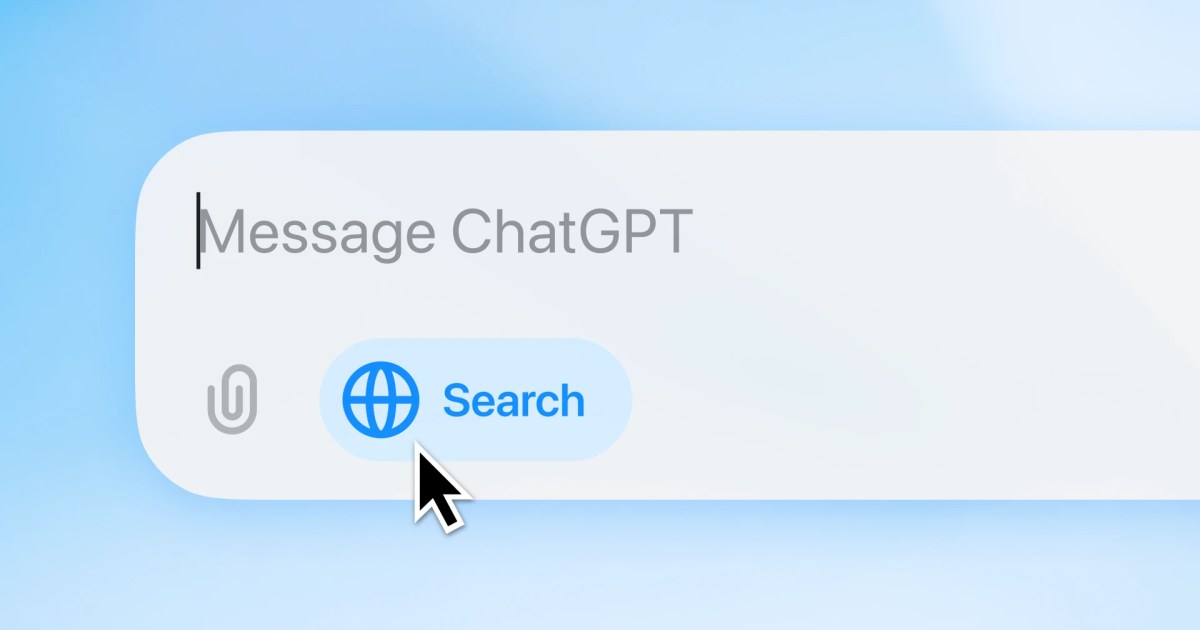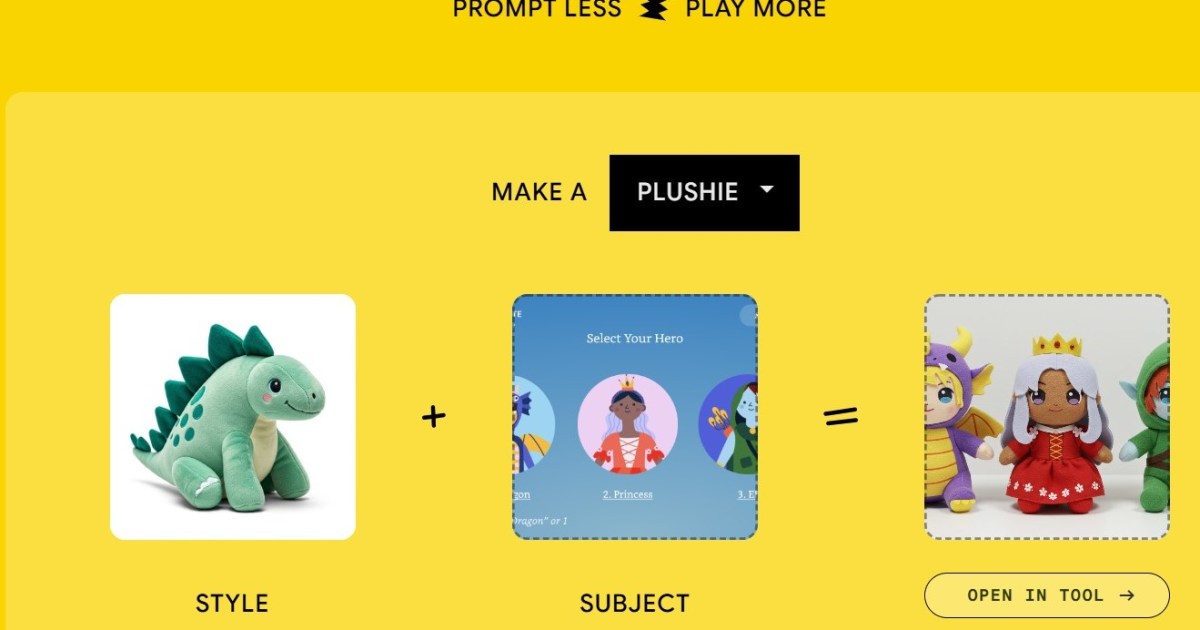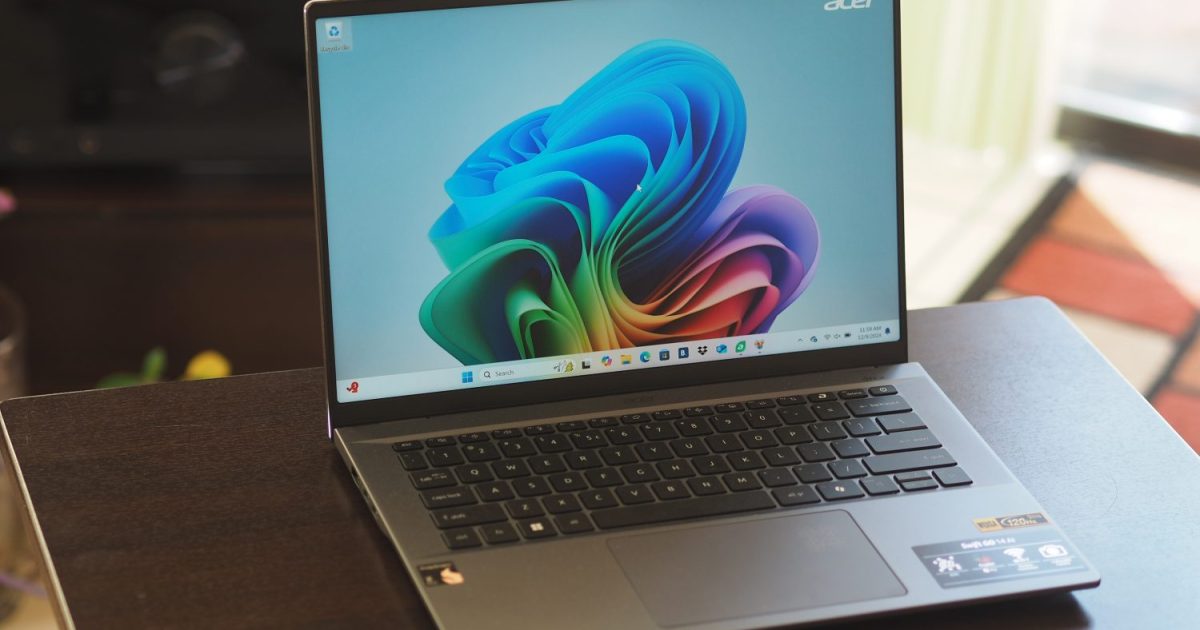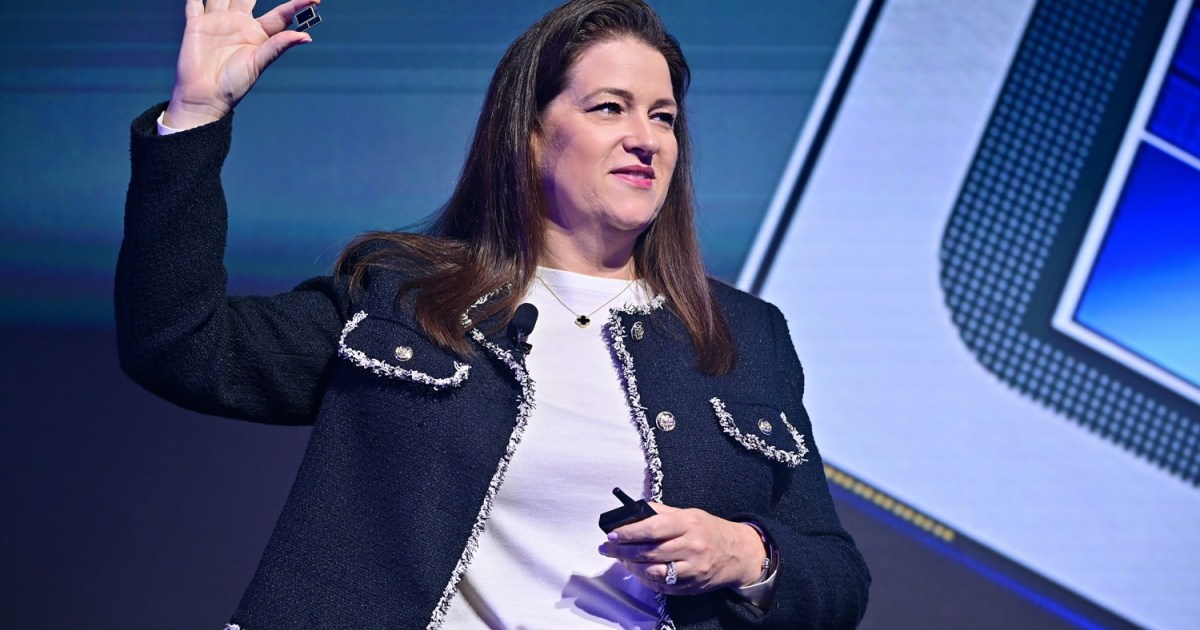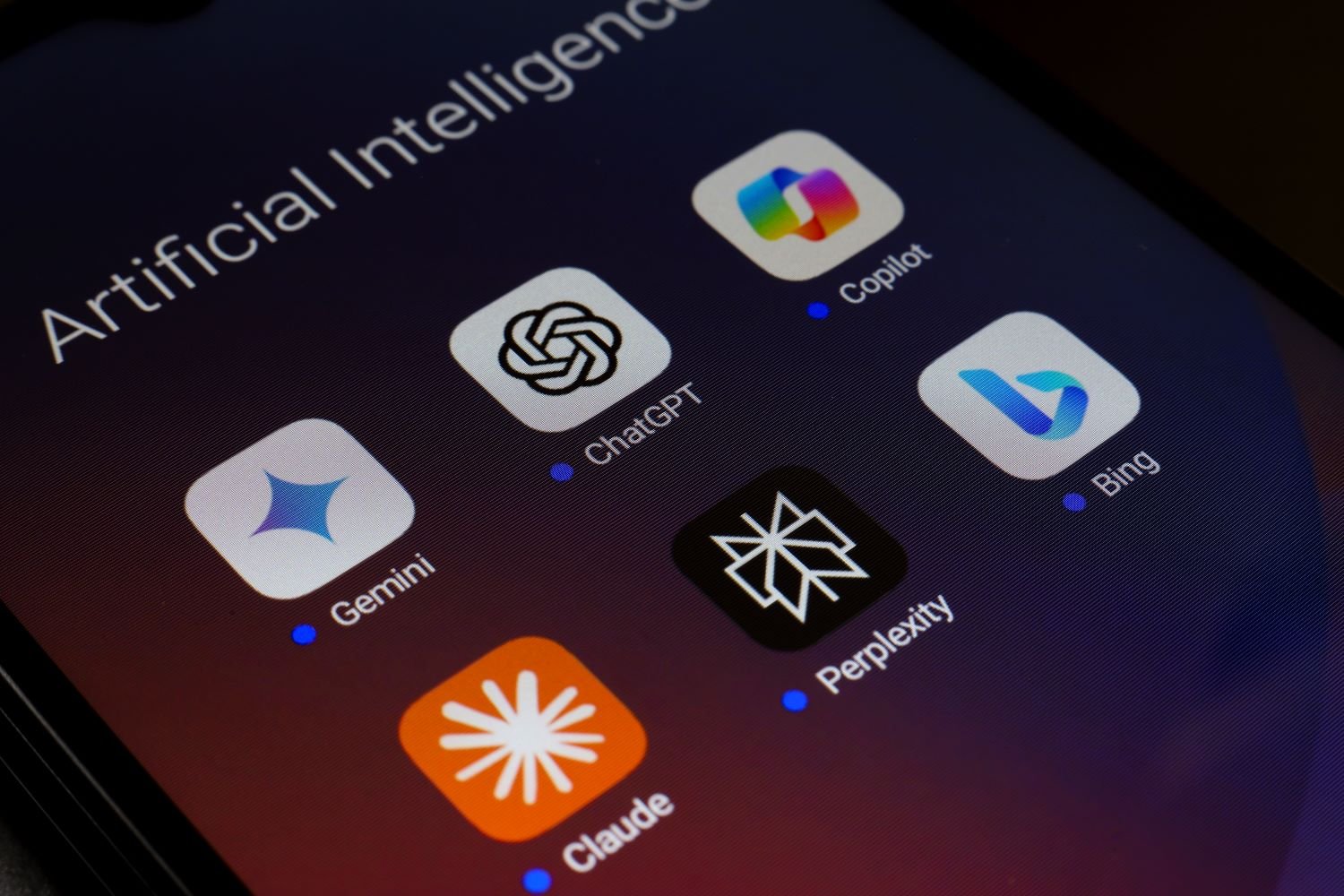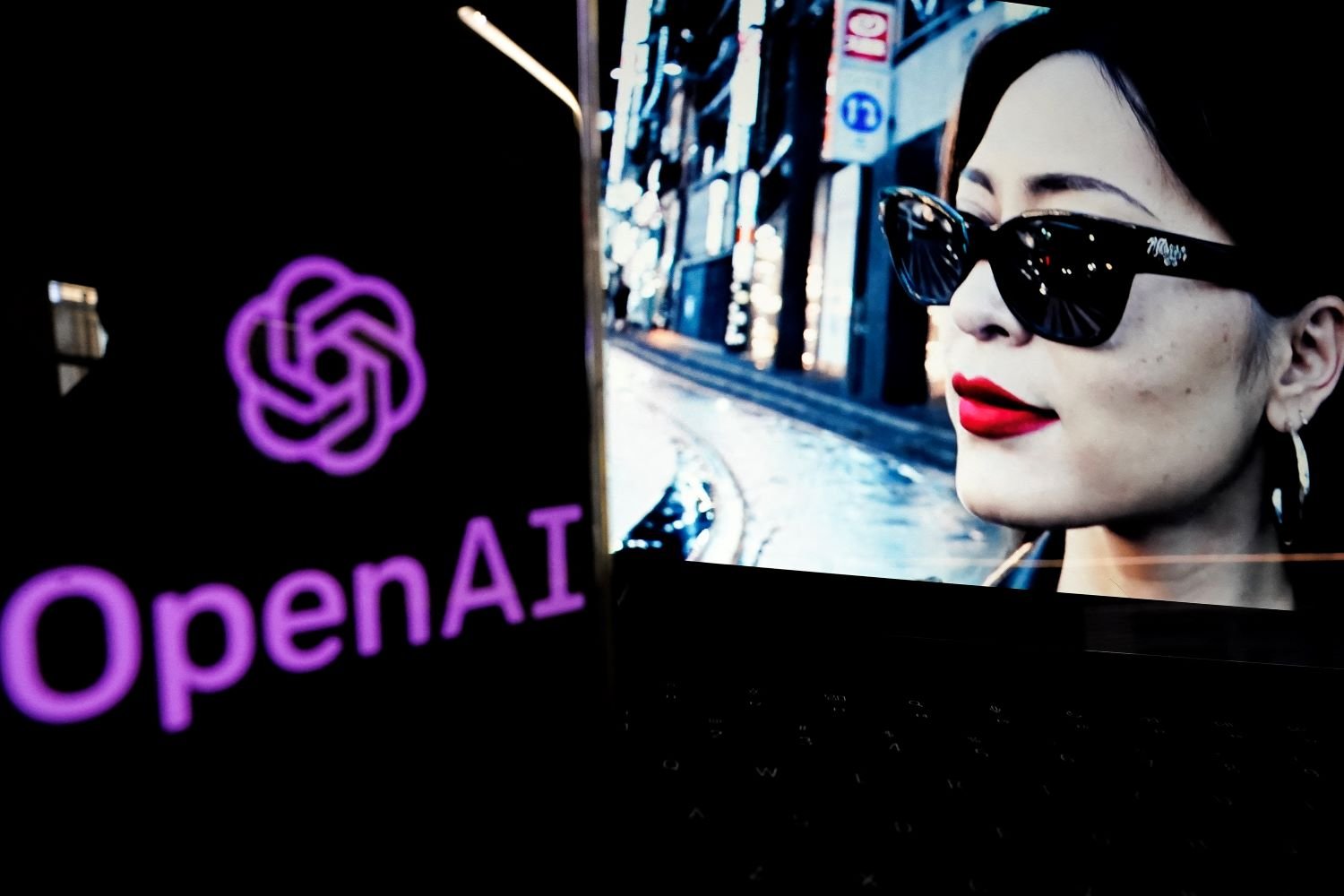The AI revolution continues to accelerate, with industry giants like OpenAI consistently releasing new and improved language models. ChatGPT remains the dominant force, but with a growing roster of models, selecting the optimal one for your needs can be challenging. This guide will break down the key differences between each ChatGPT model, helping you make the best choice for your projects.
OpenAI’s Reasoning Powerhouse: o1
OpenAI’s o1, initially teased as “Project Strawberry,” represents a significant leap forward in AI reasoning. This model utilizes a novel approach, employing human-like reasoning to self-check its responses before delivering results. This leads to increased accuracy, particularly for complex scientific, mathematical, and coding queries. Trained on a specialized dataset and optimized with a unique algorithm, o1 outperforms the GPT-4o family in industry benchmarks. The December 2024 release further reduced “major errors” by a substantial 34% compared to its preview version. While powerful, o1 access is currently limited to Plus and Pro subscribers. Plus users receive 50 messages per week, while the Pro subscription, at $200 monthly, grants unlimited access. If o1’s message limit is a constraint, consider exploring the other models discussed below.
 ChatGPT on a laptop
ChatGPT on a laptop
Streamlined Reasoning with o1-mini
o1-mini, a lightweight version of o1, focuses on speed and efficiency for technical tasks. While not designed for creative writing, it excels at quickly solving complex math and coding problems, making it ideal for automation. Similar to o1, o1-mini requires a Plus or Pro subscription, with Plus users receiving 50 messages daily and Pro users enjoying unlimited access.
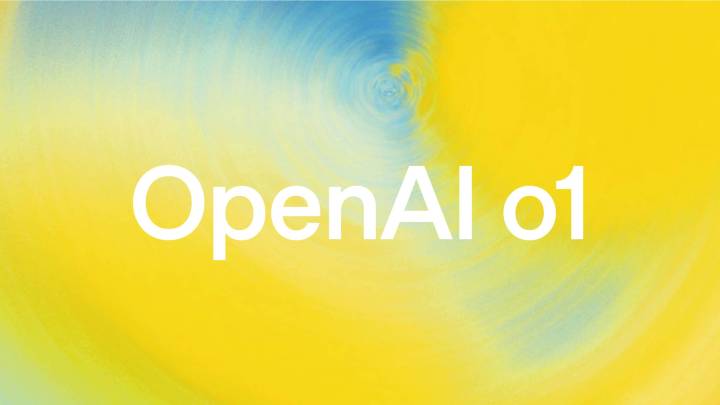 The openAI o1 logo
The openAI o1 logo
The Versatile GPT-4o
Launched in May 2024, GPT-4o (“omni”) represents a substantial upgrade from GPT-4. It offers human-level response times, crucial for features like Advanced Voice Mode, improved multilingual performance, and enhanced understanding of visual and audio content. Faster, more efficient, and cost-effective than its predecessors, 4o excels in multilingual and vision benchmarks. With a 128,000-character context window, it generates text, images, audio, and code. A recent update further enhanced its creative writing capabilities. GPT-4o is accessible through the free tier of ChatGPT, albeit with usage caps. Plus subscribers enjoy increased usage limits.
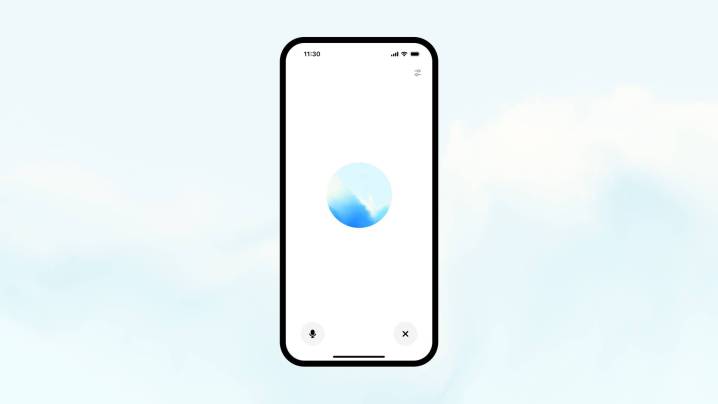 The Advanced Voice Mode
The Advanced Voice Mode
The Lightweight GPT-4o mini
GPT-4o mini, OpenAI’s lightest intelligence model, is optimized for rapid, repetitive tasks rather than complex analysis. It offers most of GPT-4o’s features but with limited access to advanced analytical tools. Available to Plus and Pro subscribers, 4o mini is also accessible to free-tier users after exceeding their GPT-4o usage limit.
The Groundbreaking GPT-4
Launched in April 2023, GPT-4 marked a significant advancement in ChatGPT’s capabilities. More reliable, creative, and capable of handling nuanced instructions than GPT-3.5, it was OpenAI’s first multimodal model, processing text, images, and audio. GPT-4 serves as the base model for free-tier ChatGPT users and remains a powerful tool for most casual users.
 glasses and chatgpt
glasses and chatgpt
A Look Back: Early GPT Models
The evolution of GPT models is fascinating. GPT-1 (2018) pioneered generative pre-trained transformer technology. GPT-2 (2019) expanded text generation capabilities, including question answering, summarization, and translation. GPT-3 (2020), licensed exclusively to Microsoft, offered further advancements. GPT-3.5, a subset of GPT-3, powered the initial ChatGPT launch but is now deprecated.
 the basic structure of a GPT algorithm
the basic structure of a GPT algorithm
Conclusion
Choosing the right ChatGPT model depends on your specific needs. From the reasoning prowess of o1 to the lightweight efficiency of 4o mini, each model offers unique strengths. This guide provides the insights needed to navigate the evolving landscape of ChatGPT and select the best tool for your AI endeavors.



